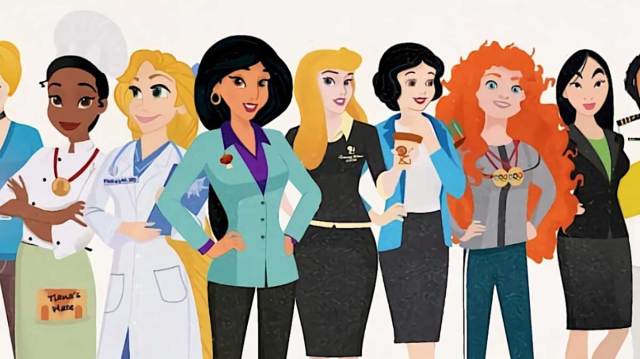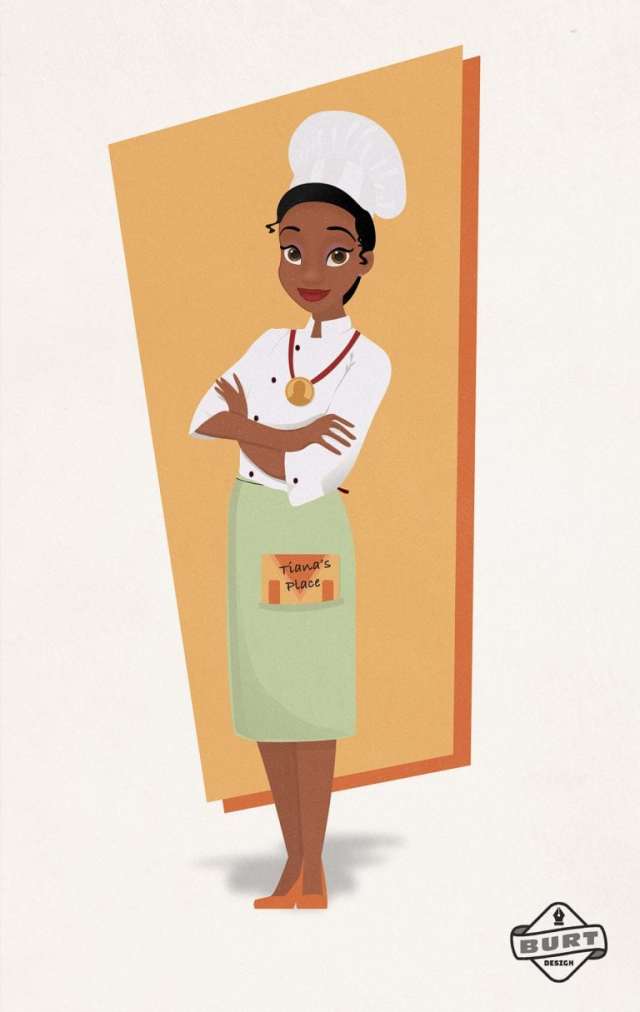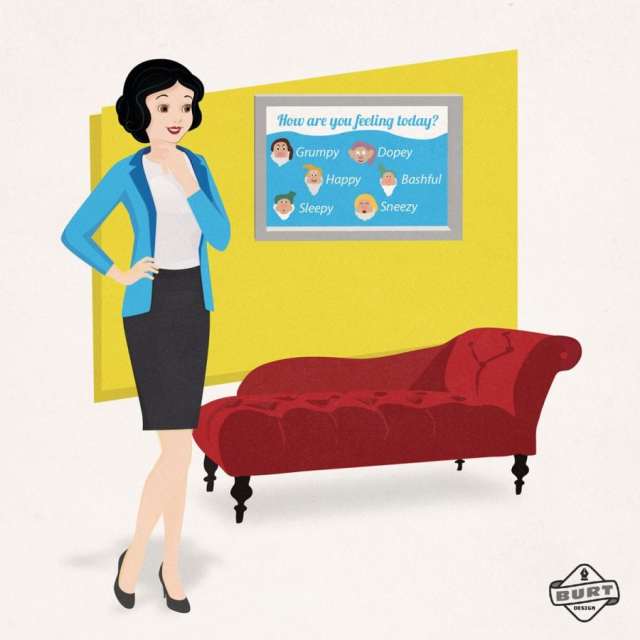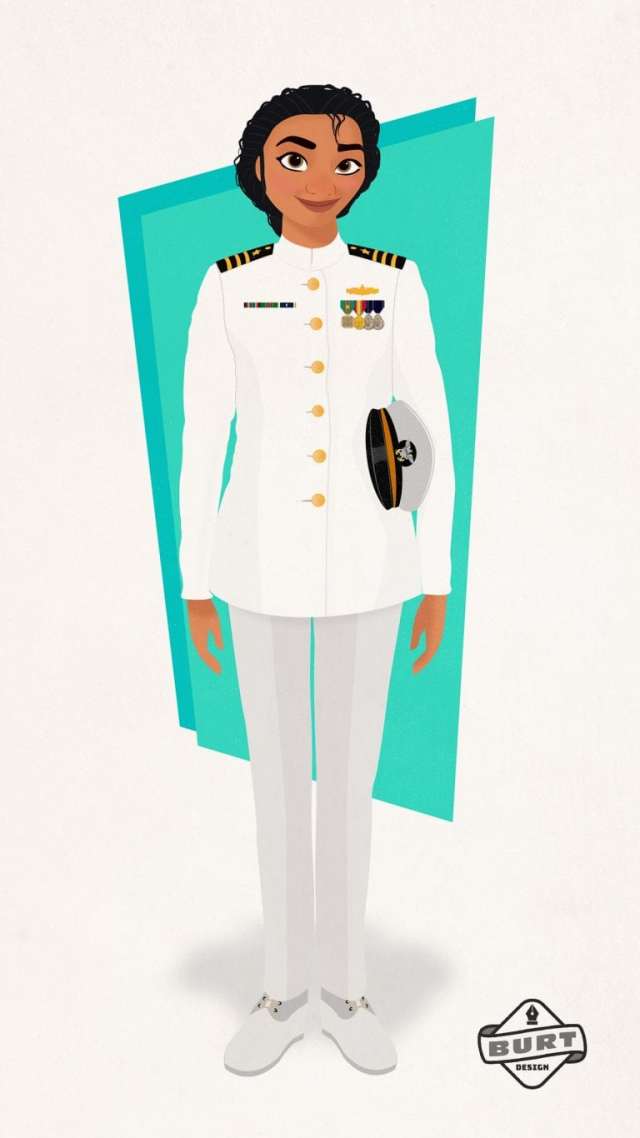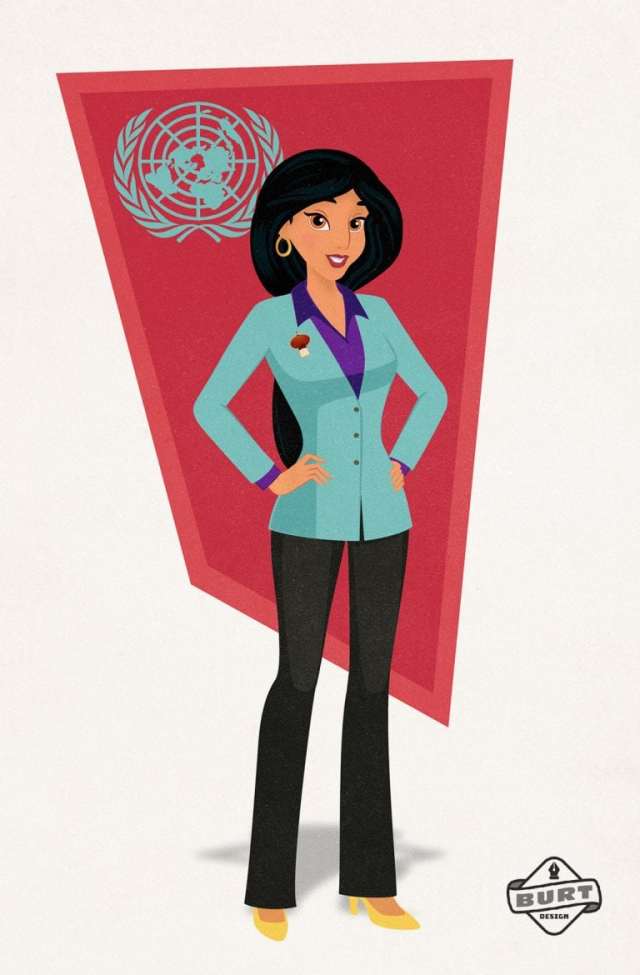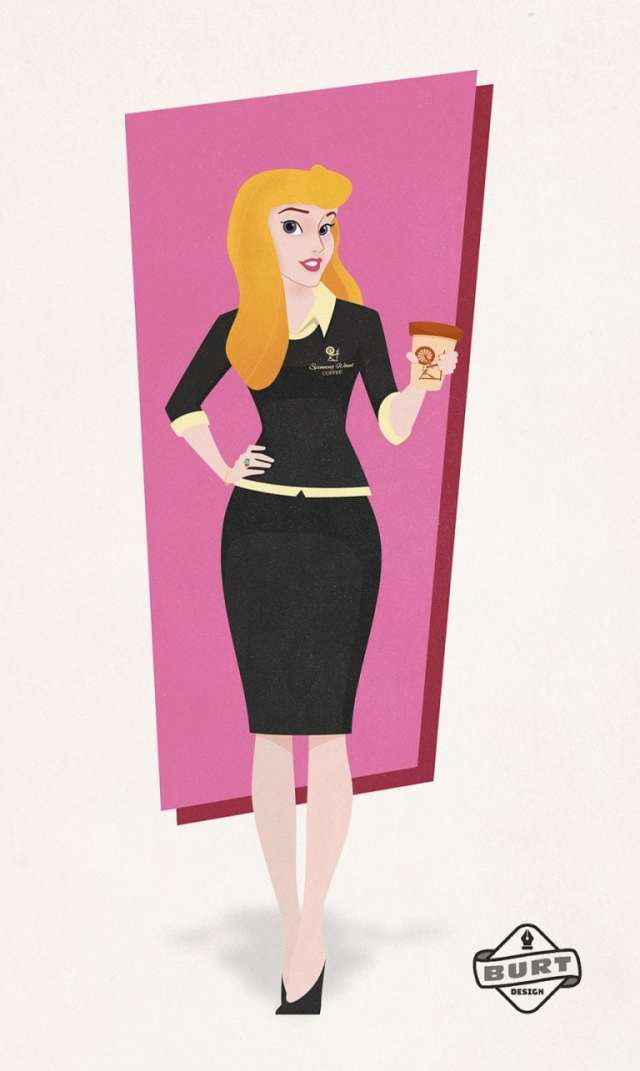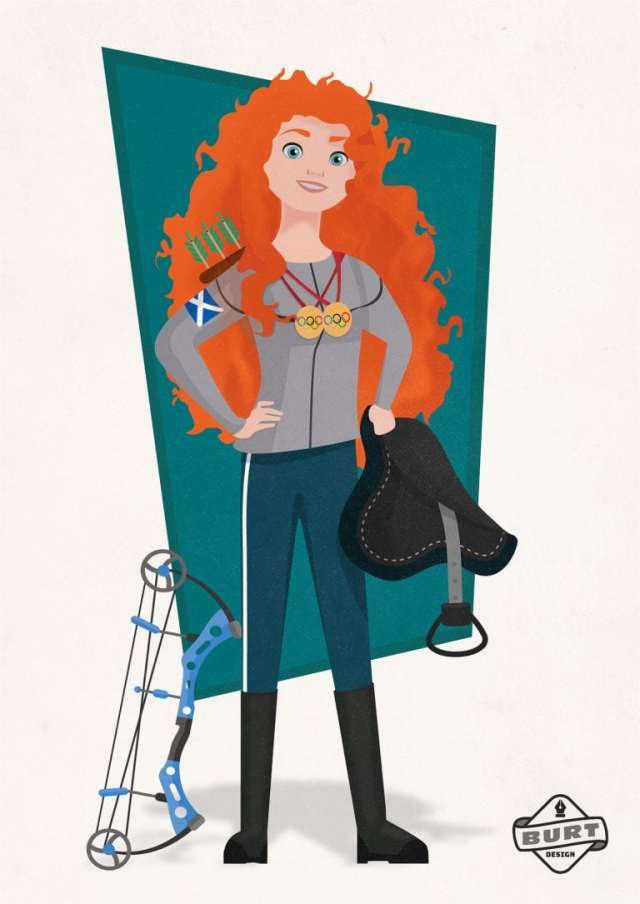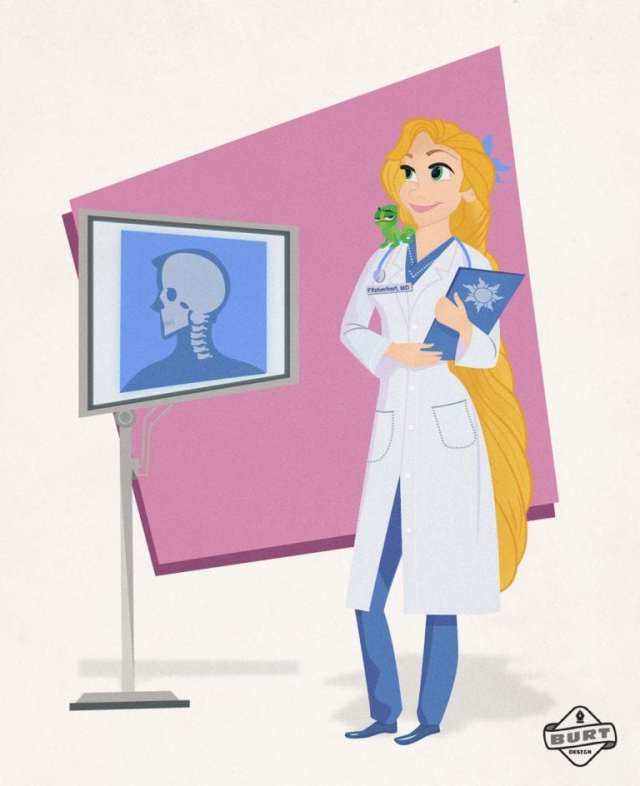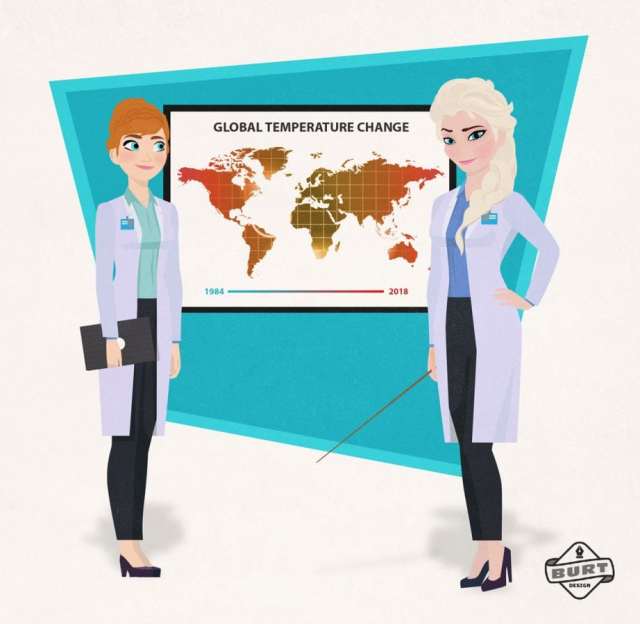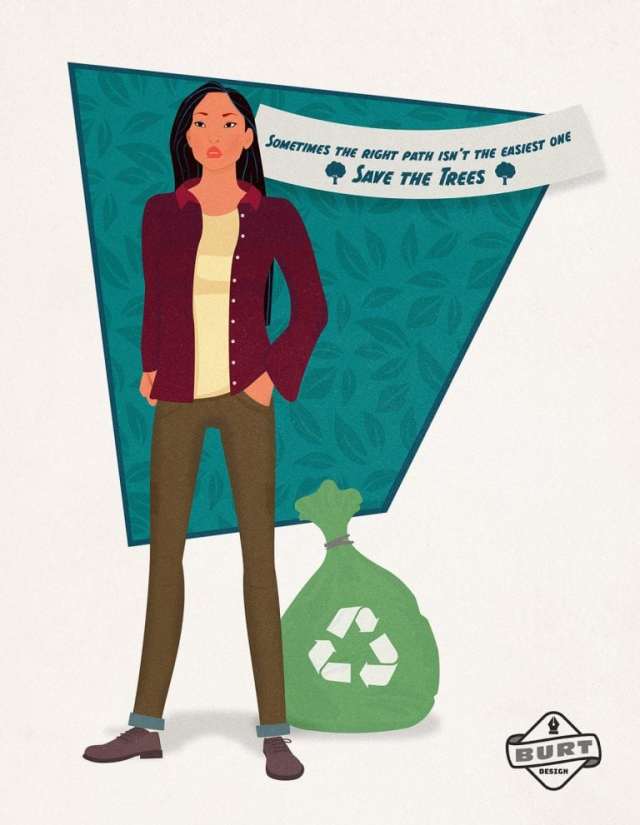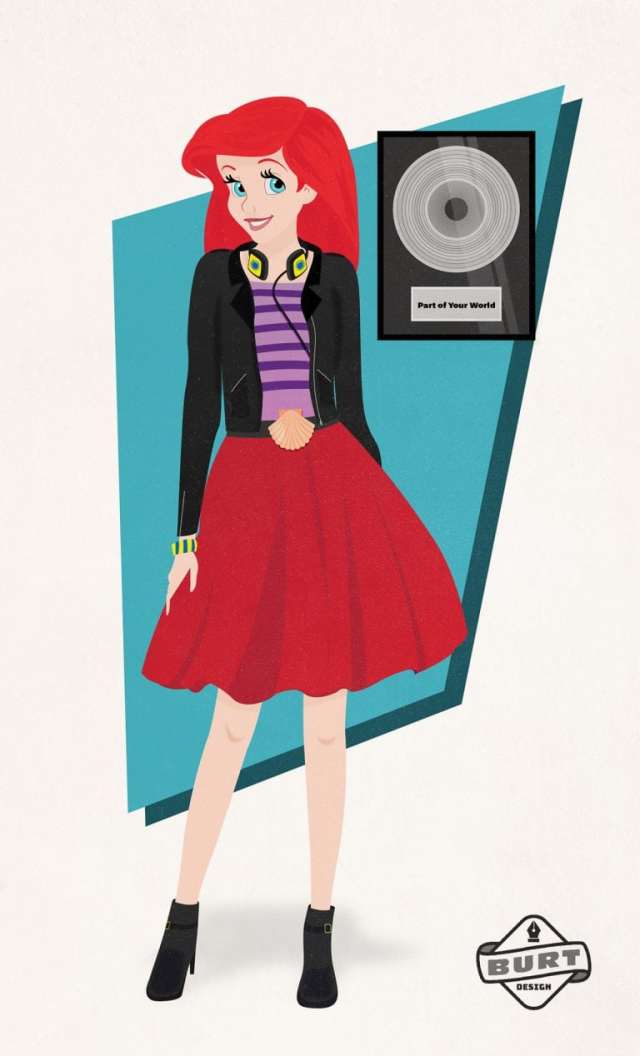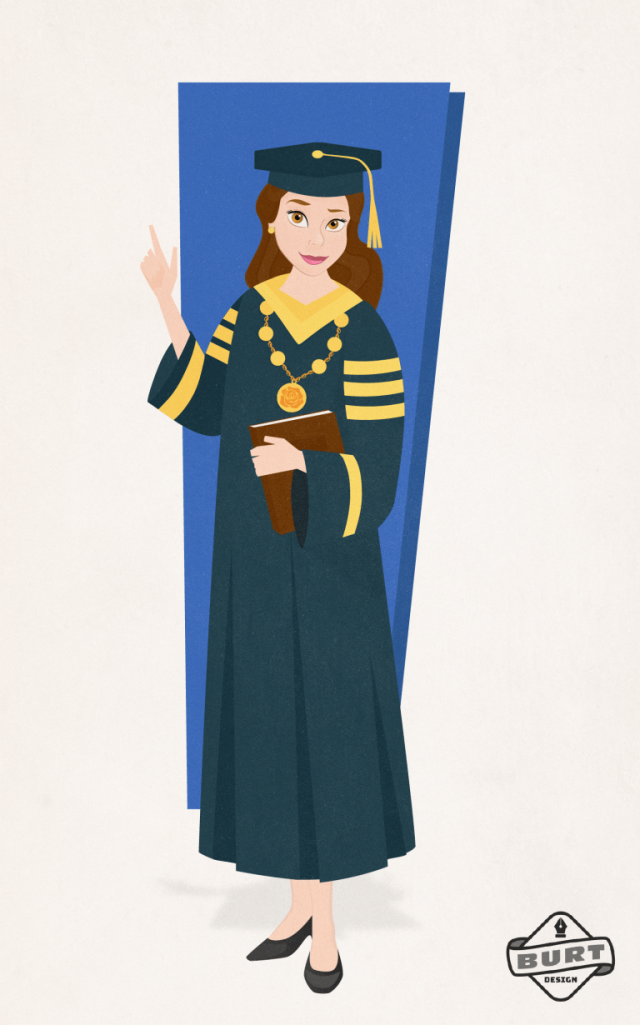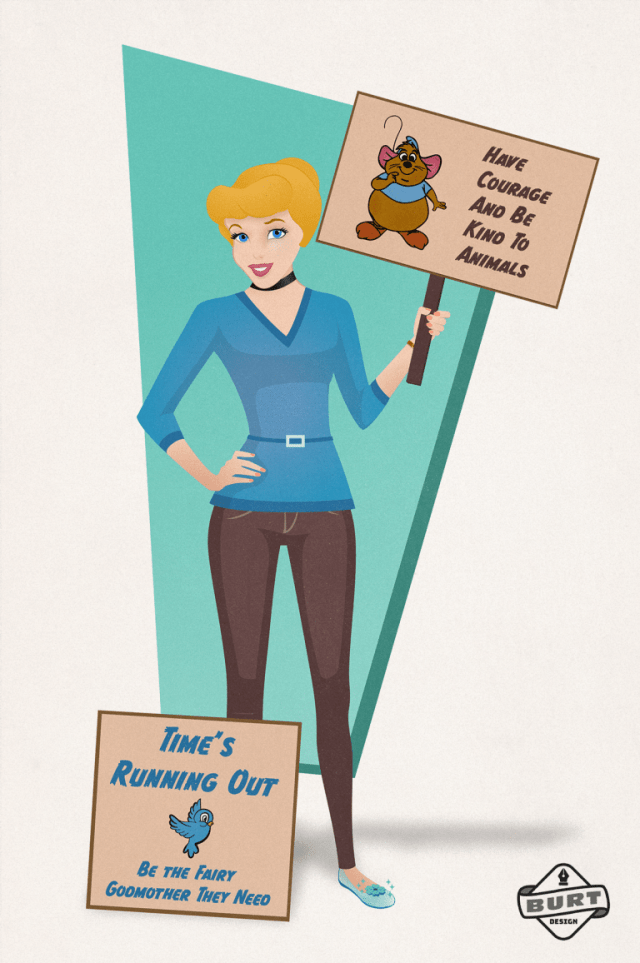Summer means outside time! This is a great change for kids that are stuck inside during the winter, but it also means kids will have a lot more sun exposure. Sun damage can cause a myriad of problems, everything from premature aging to skin cancer, so protecting your kids is paramount. As few as five bad sunburns can drastically increase your risk of skin cancer.
If you’re fighting to get your kids covered this year, check out these tips:
Lead by Example
If you practice sun safety, your kids will pick up the habit. Teach them to take good skin care for granted and they won’t ever have to relearn it. It should become just as much a part of your routine as brushing your teeth or getting dressed. Slap on your sunscreen before you finish your makeup, and you’ll get as used to it as your kids will.
Get Them in the Habit
Making sunscreen a habit is a great option for everyone, including your kids. Since you’re trying to ingrain the habit early, start off before it becomes vital. Work on sunscreen habits during the middle of winter, and by the time summer gets here, it’ll be second nature. Sure, toddlers and preschoolers will fight you on it, but they’ll do that no matter what. Just stick with it and try not to give up the habit. This really is about protecting your kids from cancer, so it’s worth it.
Play the Shadow Game
The shadow game isn’t really a game, but you can make it one! The rule is simple. If your shadow is shorter than you, seek shade. You make it fun by using it to play a game of tag, where shaded areas are safe, or a race to make it inside. The latter might wear off pretty quickly, but making it easy to tell when the sun is dangerous is the important part.
Make It Part of Their Chore Chart
If your child is old enough for a chore chart, and it’s something you do, then add sunscreen application to it. It’s even better if you’re both working on building the habit, because then your child can help remind you. If you don’t have a chore chart, then you can skip this one. However, if your child can read, a chore chart in general can help boost their self-esteem. It’s gratifying to be able to look back and see what you’ve accomplished in the day, even for kids.
Let Them Choose Their Protection
When it comes to physical protection, kids can choose their own options. Let them pick out their own hats, sunglasses and tops. Especially when it comes to toddlers and preschoolers, that little bit of extra control over their lives can mean a lot. You might find it a bit odd to go with the outfit they put together, but they’re kids. If they’re appropriately covered from the sun, let them go for it.
It’s a good idea to insist on other methods of protection besides sunscreen. Sunglasses, hats and clothing all play an important part. The sun, especially when reflecting off playground equipment, can cause eye damage as well as sun damage. They are also more at risk for heat exhaustion, so know the risks and help them dress appropriately.
Set up Shade Play
Kids don’t want to stop playing to get a drink, so you may have to tempt them to come into the shade. Set up an area with a few drinks, some snacks and games. Chalk, balls, dolls or even a water table can hold kids there longer. That might give you a chance to reapply their sunscreen, and it gives them a break from the heat.
Go Outside During Safe Hours
Safe hours are usually the hours before 10 a.m. and after 4 p.m. Time outside can be unlimited during those hours, because the rays aren’t as strong and the UV index is lower. Of course, you should still check the index for your area.
Getting Wet and Sweaty
Anytime you’re out and getting sweaty or are in the water, you need to reapply sunscreen more often. If a label claims it wears off in 80 minutes, plan to reapply after 60. Remember, most sunscreens need 20-30 minutes to bind to your skin and start working. Keeping that overlap time prevents any blips in your protection and further minimizes damage.
Teach Them About Protection
Playing games and giving them choices is great, but at some point they need to understand what they’re doing. Younger kids don’t need an in-depth explanation — just explain that the sun can burn you and that will hurt. As they get older and start to understand about long-term damage, teach them about that.
More than anything, teach them what to do to prevent sun damage. You can talk about it all you want, but unless kids actually know what to do, they’ll still get sunburned. Explain how sunscreen, clothing and shade help, and your kids will be more likely to seek them out on their own.
No Healthy Tans
Older kids will probably want to get a healthy summer tan, but that simply doesn’t exist. If they really want the look, encourage spray tans. You can look nice and tanned without having to worry about damaged skin. It’s vital that you take the time to explain that any change in skin color is the result of damage to it. It’s not representative of healthy skin.
There are a lot of methods you can employ to help kids get into healthy skin habits. It’s not something most schools will teach, so this falls squarely on parents’ shoulders. With a few ideas on where to start, you should be able to work it into your routine with minimal fuss.
Jennifer Landis is a mom, wife, freelance writer, and blogger. She enjoys long naps on the couch, sneaking spoonfuls of peanut butter when her kid's not looking, and binge watching Doctor Who while her kid's asleep. She really does like her kid, though, she promises. Find her on Twitter @JenniferELandis.





